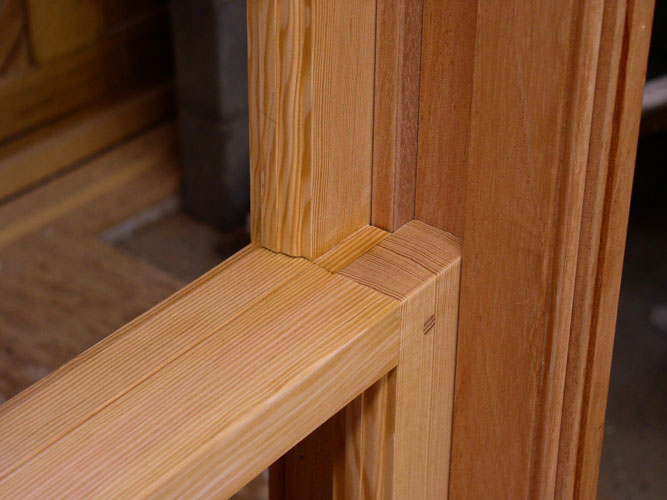Bending Plastic Pipe
Here's information on bending PVC or ABS pipe for use as a curved moulding form. Hot sand does the trick for softening these thermoplastic materials. July 3, 2006
Question
I have to make a precast form with a 3.5" bullnose on both sides. This also has to be curved. Any ideas? I tried ABS, but when heated, it doesn't bend very uniformly. This is for a wall cap 14" wide X 48" long.
Forum Responses
(Architectural Woodworking Forum)
From contributor C:
The easiest way to get a smooth bend in ABS or any thermoplastic pipe is to fill it with hot sand to keep it from flattening at the bend.
From the original questioner:
When you say fill with sand, is that with the ends closed or open?
From contributor C:
Closed ends would be best, but you can pack sand into a longer piece, put it in a hot box or hot sand bed for a few minutes, and then support the ends while allowing the centre to droop under its own weight into a bandsawn form and allowed to cool. The decision of box or sand bed will impact the surface, as the sand can leave a texture, whereas the hot box (shop built oven to fit your piece) will leave the shine and hard surface intact. When it comes to cutting your radiused pipe, it's often best to have done the bend with end caps on and then cut, sand and all. It costs you a blade, but the abs is harder on it than the sand, so use a throwaway in any case for a one shot job. One last tip is to try PVC, which has a wider working temp as well as a lower softening temp. If you know somewhere that plumbs Jacuzzis, they should be set up big time to bend PVC. Experiment with twisting effects - they can inspire the design if you die or paint with sublimating colours before bending.
From contributor J:
Great techniques. I found them fascinating because I once took an acetylene torch to either ABS or PVC 4" pipe hoping to either cut or melt the end off it because I was too lazy to walk to the shed for a hand saw. I was amazed (and still am) that the torch did not melt the pipe, nor even catch it on fire. All it did was mess up the surface a little bit. So it must be that it takes time to heat up and that a large area needs to be heated to have an effect.
From contributor T:
Never burn PVC, as it gives off some nasty gases that cause liver cancer among others. Even when you heat it, you should do it outside and wear a respirator. Better to be safe than sorry.
